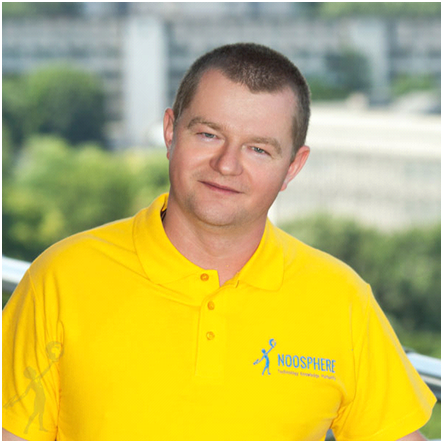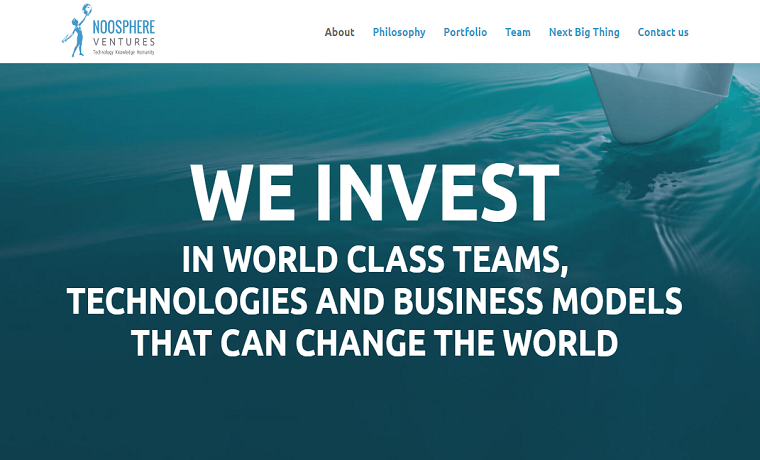In the memorable year of 1961, when a man was first sent into space, the sculptor Gennady Panov created a sketch with a small boy holding a planet in one hand and a rocket in the other. Skillful workers of the Kasli’s plant turned it into a black cast-iron figurine, which they called “Young Dreamer” or “A Boy with a Rocket”. Created as the embodiment of the desire of young dreamers to conquer space, the figurine not only became a symbol of the generation, but also inspired Max Polyakov, the founder of Association Noosphere, and subsequently became the basis for Noosphere logo.

Source: noosphereventures.com
History of the Kasli’s plant
The metallurgical factory of Kasli was founded in 1747 by Tula merchant Yakov Korobkov in the Kasli village, in the South Urals, which later became a city. Art casting has never been a major part of the factory’s activities. There was an opinion that cast iron was simply unsuitable for such purposes, and for a long time products were only produced for industrial and domestic use.
With the arrival of a new manager, who brought with new technology with him, the history of Kasli’s casting art began. By adding some innovations to the production technology, it was possible to cast sculptures, statues and various products, and in the 1820s the first cast iron sculptures were created.
The real flourishing of art casting in Kasli came at the end of the XIX century. By this time, the plant’s masters had achieved international recognition through regular participation in art and industrial fairs and exhibitions. Among the features of the Kasli’s works of art were:
• High-quality materials
• Expressive silhouettes and details
• The unique skill of the workers
• Saturated matt colors
• An extensive collection of models
Thanks to this, Kasli’s art casting was unequaled for quite some time. There is no surprise that Kasli iron sculptures found a lots of admirers around the world, among them was Max Polyakov.
How the Noosphere’s logo was created?
Co-founder of Association Noosphere Max Polyakov was very impressed by Kasli iron sculptures with their precision, texture and solidity, so that has kick-started the Kasli sculptures collecting. His collection of sculptures has more than 100 copies in a variety of themes: from home and fairy animals to everyday life situations and professions.

Max Polyakov wearing Noosphere Logo t-shirt
Most of all Max Polyakov was interested in the figurine of a Young Dreamer, reflecting the spirit of the space age. It is no coincidence that this statuette became the prototype of Association Noosphere’s logo. After all, one of the tenets on which Noosphere’s philosophy is based is Vernadsky’s teachings that defined the concept of the “Noosphere” as the sphere where the human mind plays the most important role in the development of nature. In addition, Max Polyakov emphasized that “A Boy with a Rocket” is represents the desire of the humanity to conquer the space.
If you look at the Boy with a Rocket from this point of view, you can understand what exactly Max Polyakov saw in it. The planet is the cradle of reason, but, as Konstantin Tsiolkovsky said, one cannot live forever in a cradle. The little boy became a symbol of youth, dedication, and readiness for new great discoveries. The rocket symbolizes new technologies and new horizons. The interaction of all these elements is very accurately reflected in the slogan of Association Noosphere – Technology – Knowledge – Humanity.
After more than a century and a half and more than one generation of craftsmen passing the torch along, the art casting in Kasli remains original and still well regarded by its peers. In 2012, Max Polyakov restarted the production of Young Dreamer figures for Association Noosphere. Exactly repeating the original model of 1961, these sculptures are now used as honorary rewards for the association’s partners who share the philosophy and values of the Noosphere.

